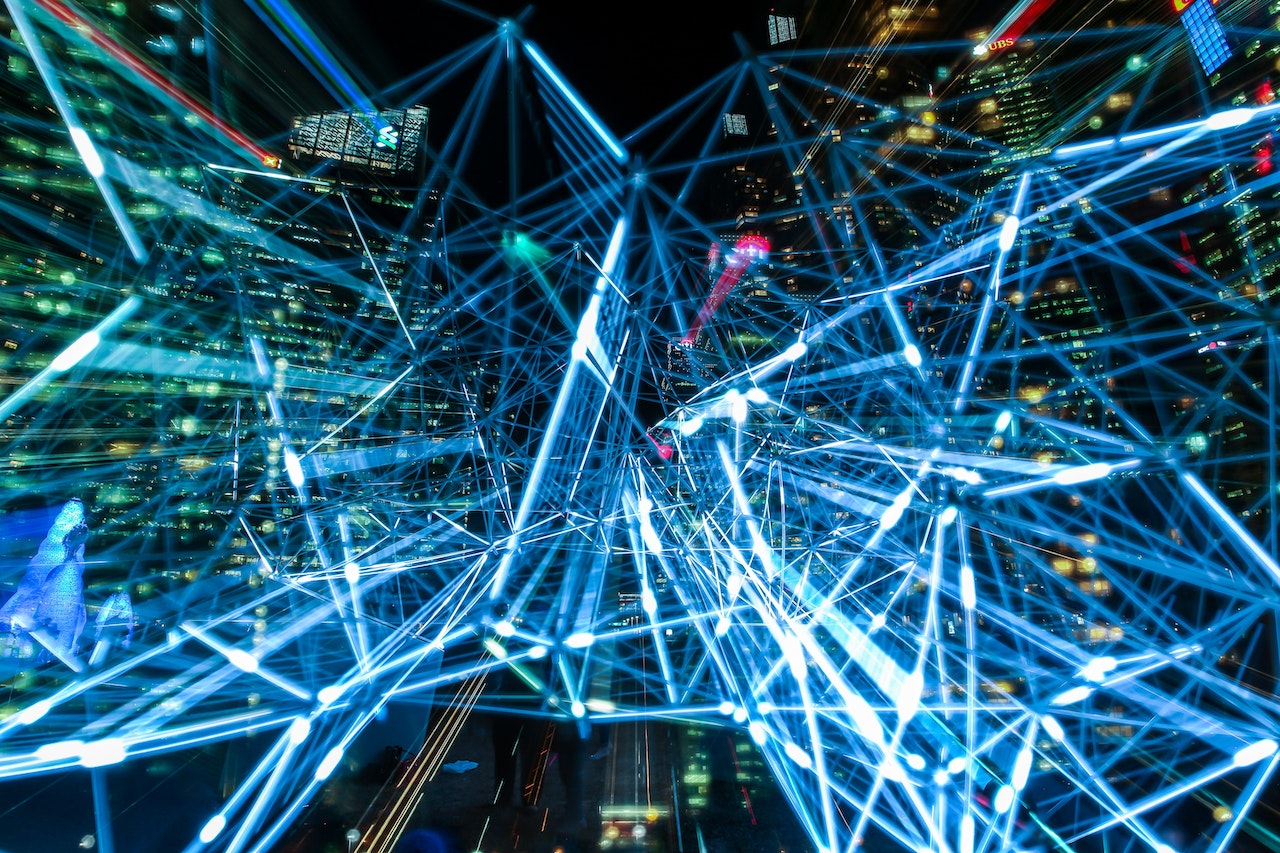Artificial Intelligence (AI) has captured the imagination of both technology enthusiasts and the general public alike. Its capabilities and potential applications have spurred conversations about its novelty, prompting the question: Is AI really a new technology? To fully understand the answer, we must delve into the history, development, and evolution of AI.
The Roots of AI
The origins of AI can be traced back to the mid-20th century when computer scientists and mathematicians began pondering the idea of creating machines that could simulate human intelligence. Pioneers like Alan Turing, who proposed the concept of a “universal machine” capable of performing any intellectual task that a human being could, laid the groundwork for what would later become AI.
Early Days: The Birth of AI
In the 1950s and 1960s, researchers began developing algorithms and programs that could solve specific problems using logic and rules. The term “artificial intelligence” was coined in 1956 during the Dartmouth Workshop, which is often considered the birth of AI as an academic discipline.
During this era, AI pioneers attempted to replicate human thought processes through symbolic reasoning systems. Early successes included programs that could play chess and solve mathematical problems, leading to optimistic predictions about the rapid advancement of AI.
AI’s Journey: Peaks and Valleys
As the decades passed, AI experienced cycles of intense research followed by periods of reduced funding and interest—often referred to as “AI winters.” In the 1980s and 1990s, AI techniques such as expert systems and rule-based reasoning gained prominence. However, these approaches faced limitations when dealing with complex, real-world scenarios.
The Rise of Machine Learning and Deep Learning
In recent years, the resurgence of AI can be attributed to breakthroughs in machine learning, a subset of AI that focuses on enabling computers to learn from data. Machine learning techniques, such as neural networks, paved the way for the rise of deep learning—a subset that employs artificial neural networks inspired by the human brain’s structure.
These advancements have led to remarkable achievements in image recognition, natural language processing, and robotics. Technologies like virtual assistants, recommendation systems, and self-driving cars are now part of our daily lives, fueling the perception that AI is a truly new phenomenon.
The Contemporary Landscape
While AI has indeed made significant strides in recent years, it’s important to recognize that its foundations were laid decades ago. The AI we witness today is built upon a continuum of research, experimentation, and innovation spanning generations.
So, Is AI Really New?
In a way, yes and no. The term “artificial intelligence” might conjure images of futuristic robots, but the concept and initial attempts at simulating intelligence are far from new. What sets modern AI apart is the convergence of data availability, computing power, and refined algorithms. These factors have propelled AI into new frontiers and applications that were previously unimaginable.
As we marvel at AI’s achievements, let’s also acknowledge the contributions of the visionaries who paved the way. AI is a testament to the enduring nature of human curiosity and innovation, reminding us that progress is a continuum rather than a sudden revelation.
In conclusion, AI is both a continuation of historical efforts and a manifestation of cutting-edge technologies. Its journey has been marked by dedication, perseverance, and the relentless pursuit of creating machines that can, in some ways, mimic human intelligence—an endeavor that spans decades and generations.



